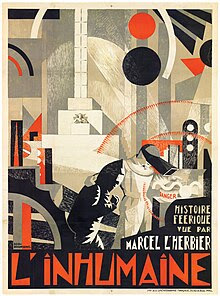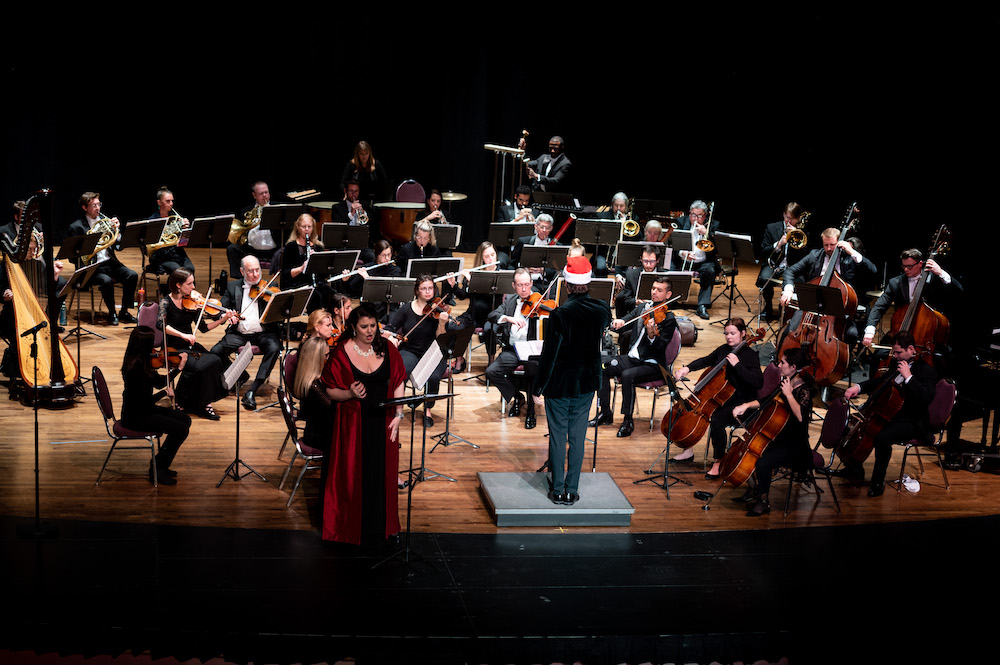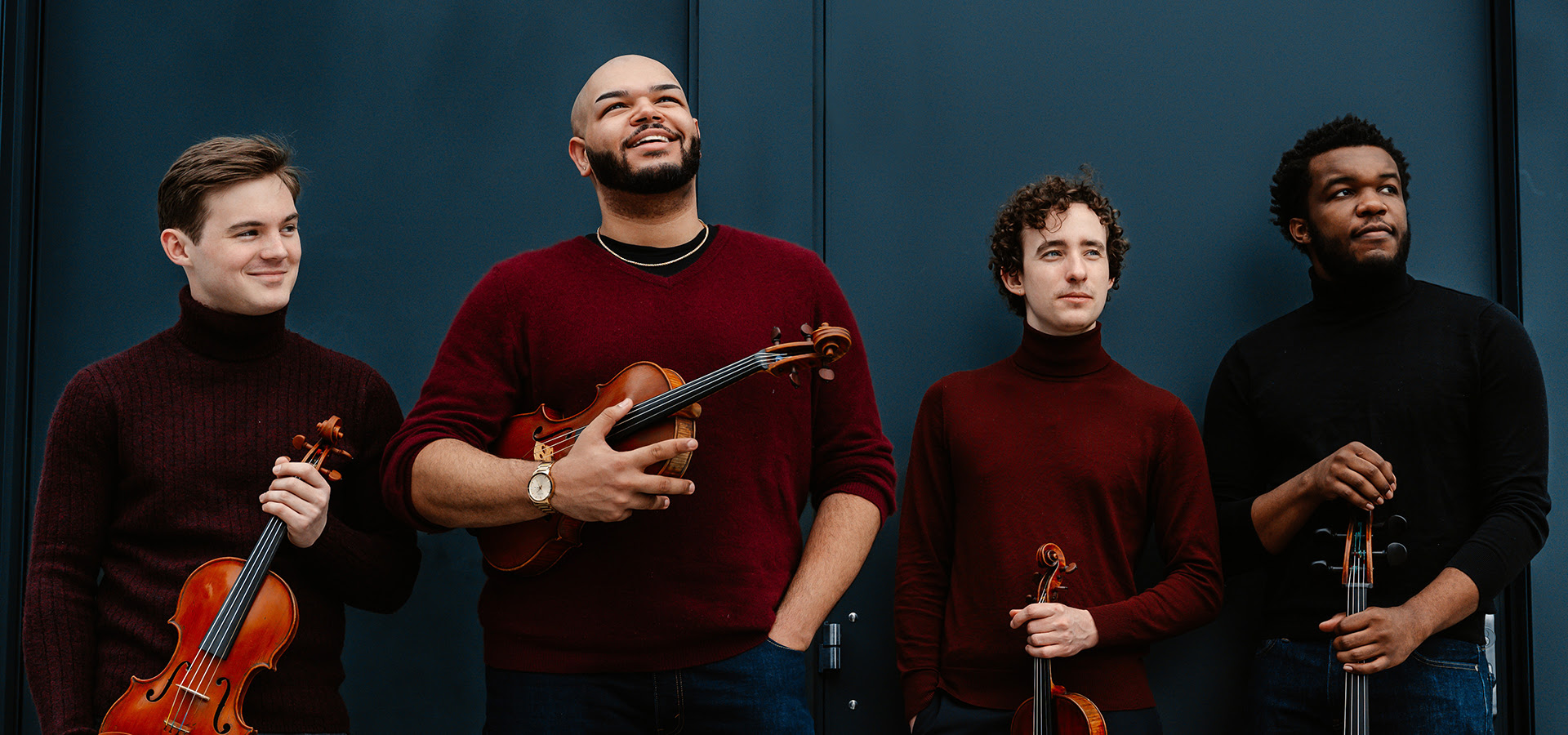 And just when you thought drive-ins were a thing of the past – particularly in the dead of winter – Easton’s Academy Art Museum launches a monthly Drive-In Film Series in conjunction with its current “Bugatti: Reaching for Perfection” exhibition running through April 13.
And just when you thought drive-ins were a thing of the past – particularly in the dead of winter – Easton’s Academy Art Museum launches a monthly Drive-In Film Series in conjunction with its current “Bugatti: Reaching for Perfection” exhibition running through April 13.Cars as movie co-stars and museum artworks by Steve Parks
 And just when you thought drive-ins were a thing of the past – particularly in the dead of winter – Easton’s Academy Art Museum launches a monthly Drive-In Film Series in conjunction with its current “Bugatti: Reaching for Perfection” exhibition running through April 13.
And just when you thought drive-ins were a thing of the past – particularly in the dead of winter – Easton’s Academy Art Museum launches a monthly Drive-In Film Series in conjunction with its current “Bugatti: Reaching for Perfection” exhibition running through April 13.The Spy Newspapers may periodically employ the assistance of artificial intelligence (AI) to enhance the clarity and accuracy of our content.



 Now and for the next few months, Easton’s Academy Art Museum’s main galleries are transformed into automobile showrooms – except these vehicles are historically artistic expressions of engineering on wheels that you could never afford even if any of the few such cars left in existence were for sale.
Now and for the next few months, Easton’s Academy Art Museum’s main galleries are transformed into automobile showrooms – except these vehicles are historically artistic expressions of engineering on wheels that you could never afford even if any of the few such cars left in existence were for sale.


 Not to take anything away from the cast and creators of “Stage Fright,” now playing twice daily through Sunday at the Avalon Theatre, but the true star of this production is the Avalon itself, which observed its first hundred years in 2022.
Not to take anything away from the cast and creators of “Stage Fright,” now playing twice daily through Sunday at the Avalon Theatre, but the true star of this production is the Avalon itself, which observed its first hundred years in 2022.


